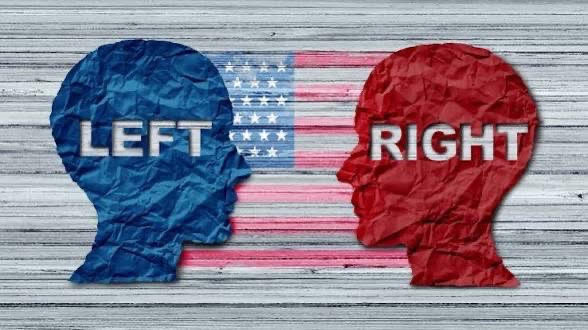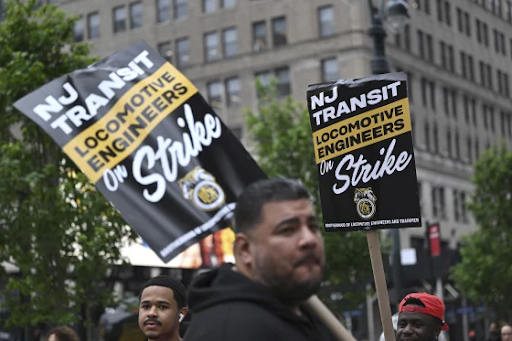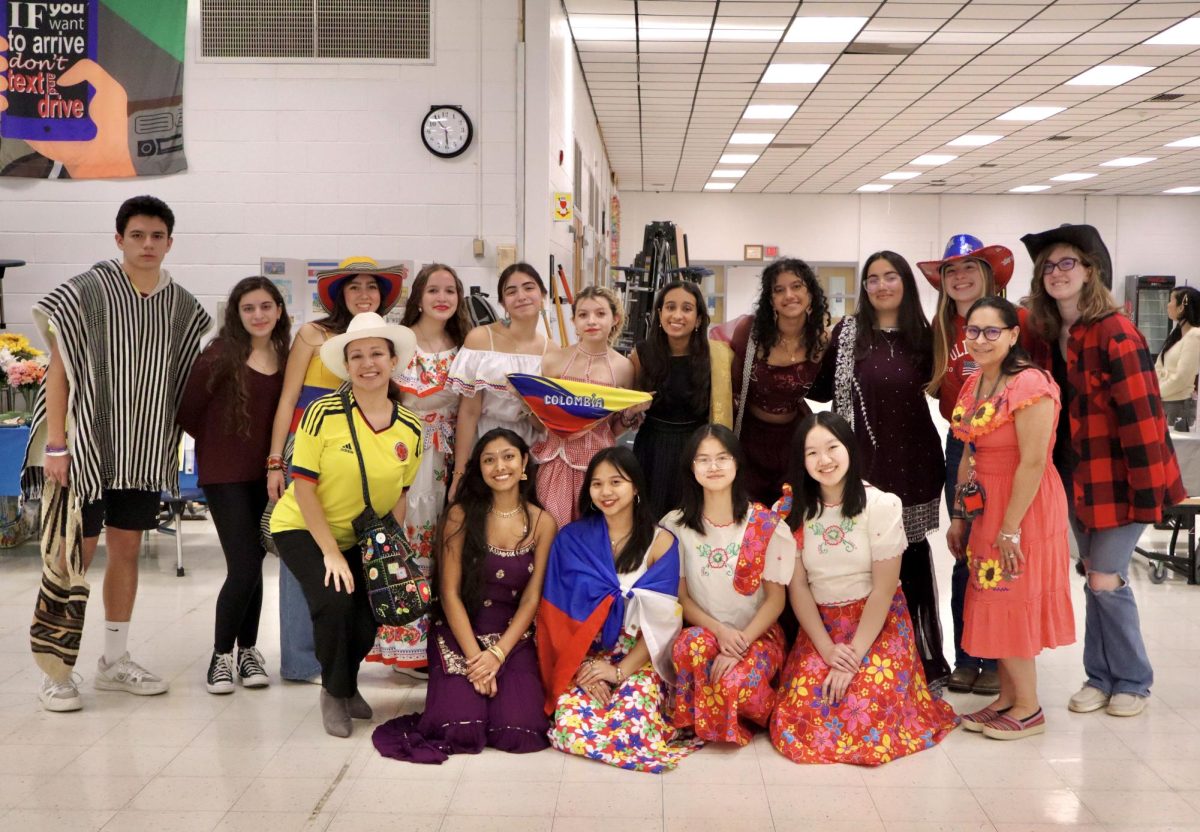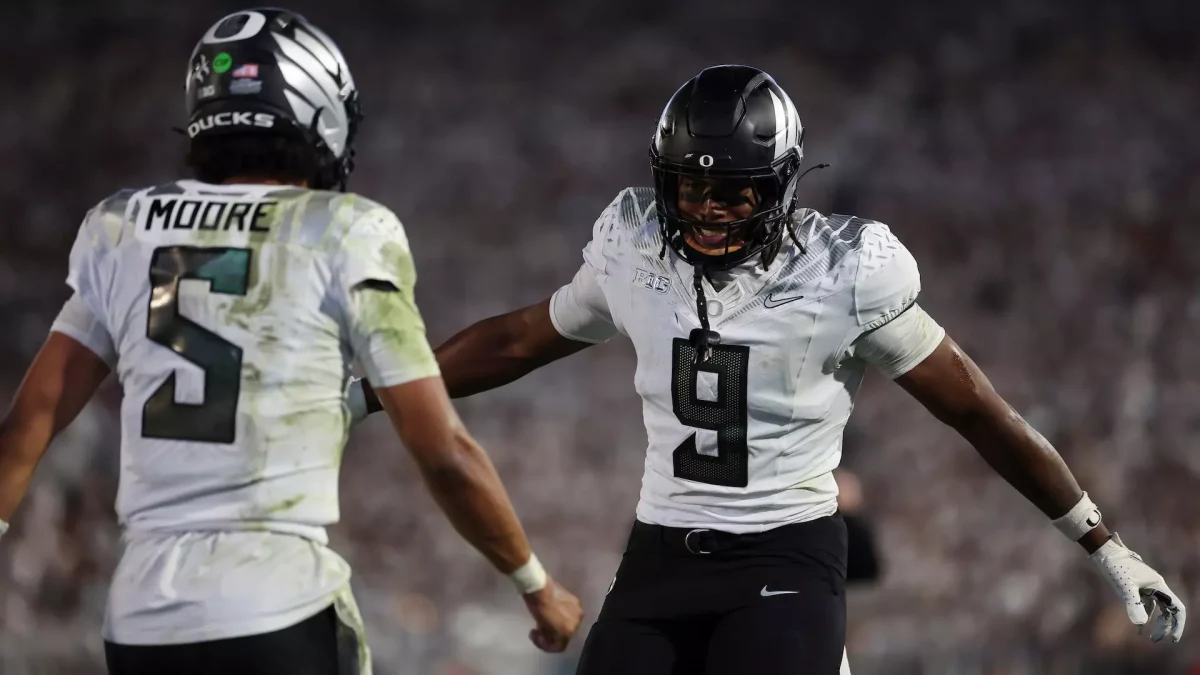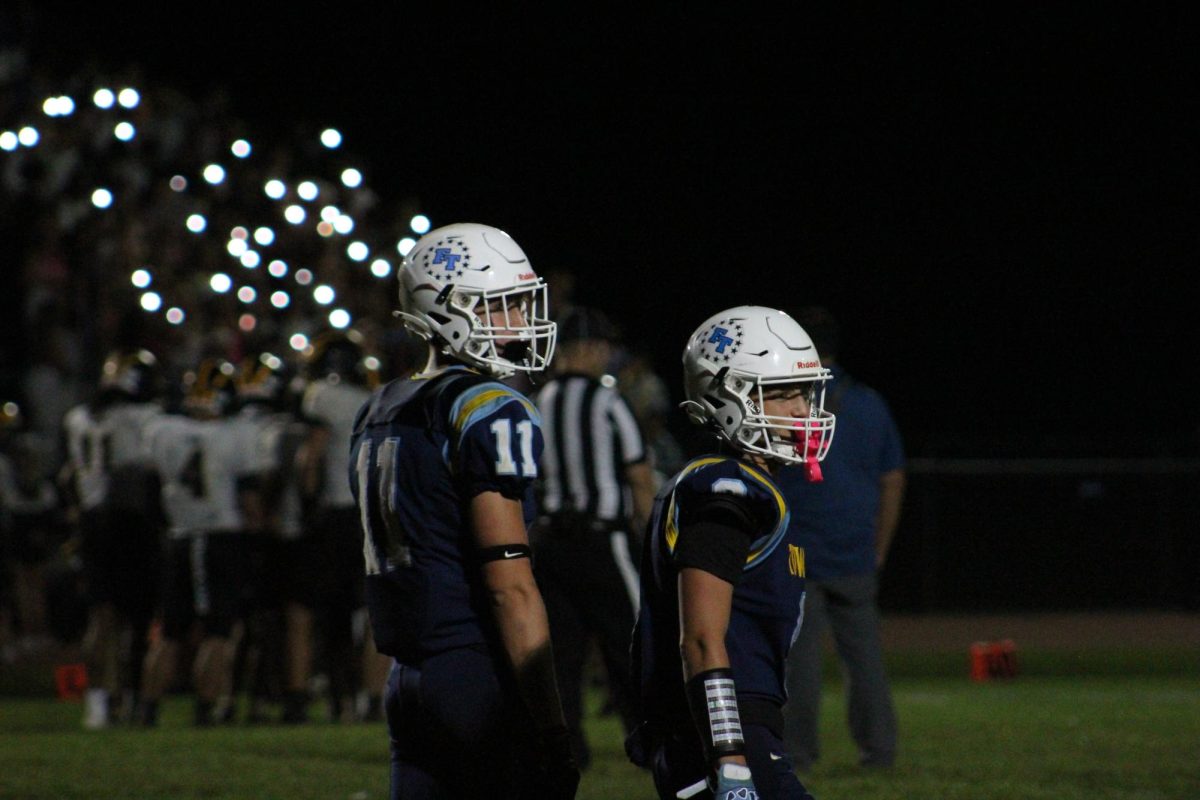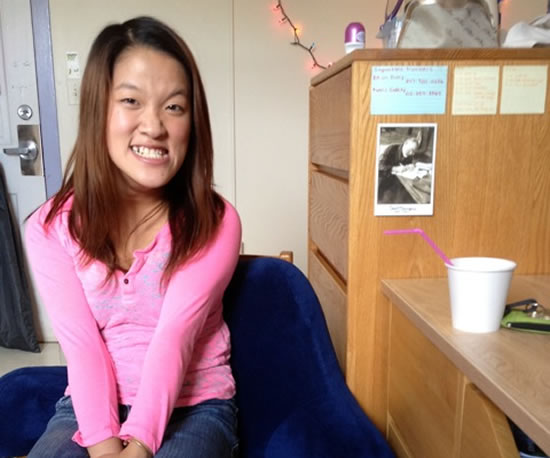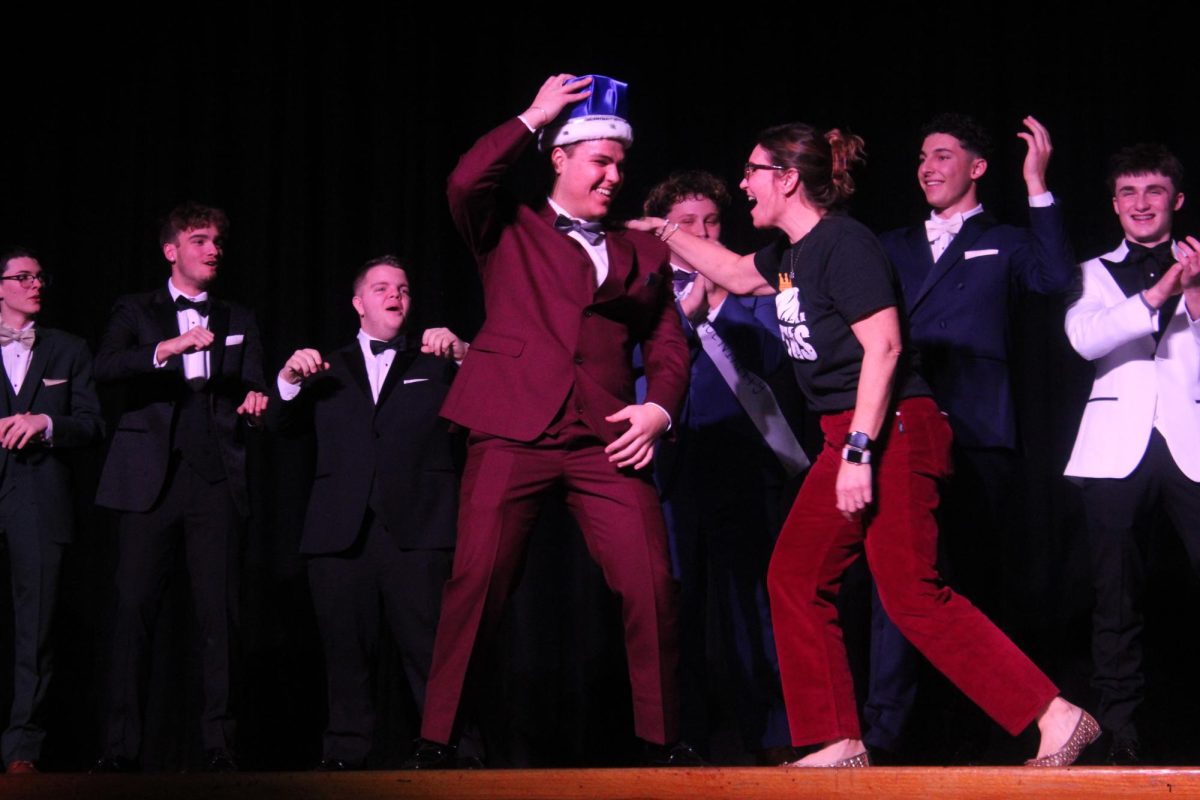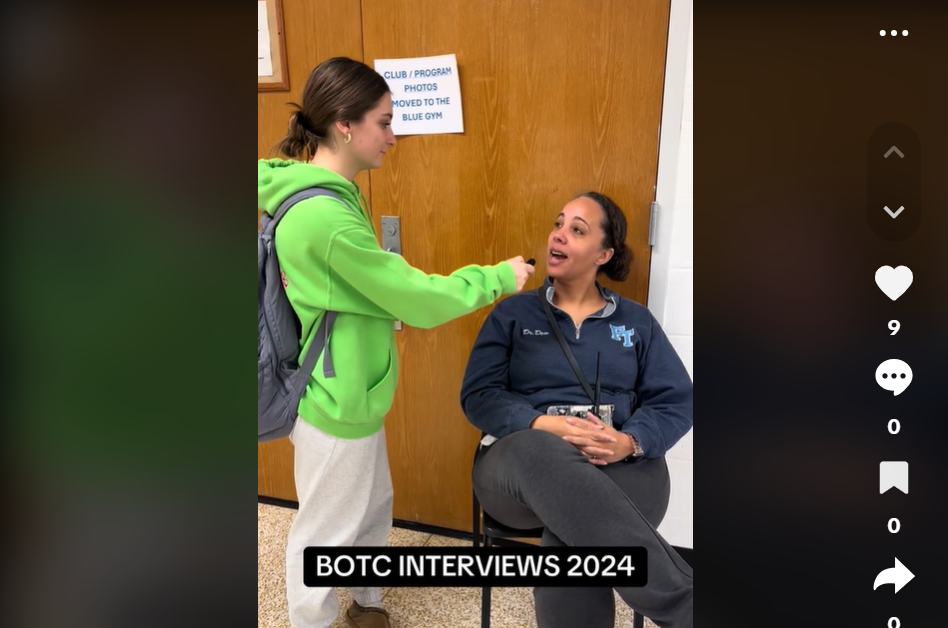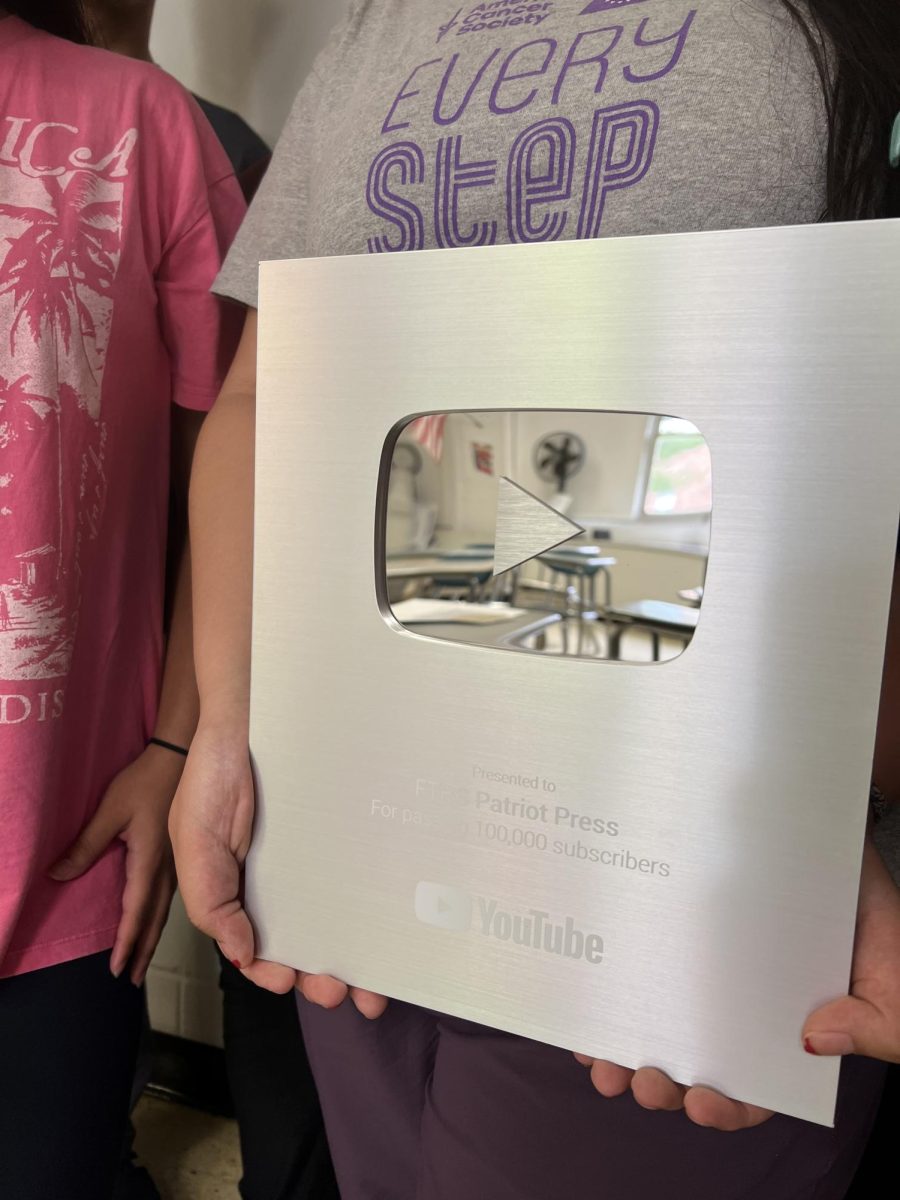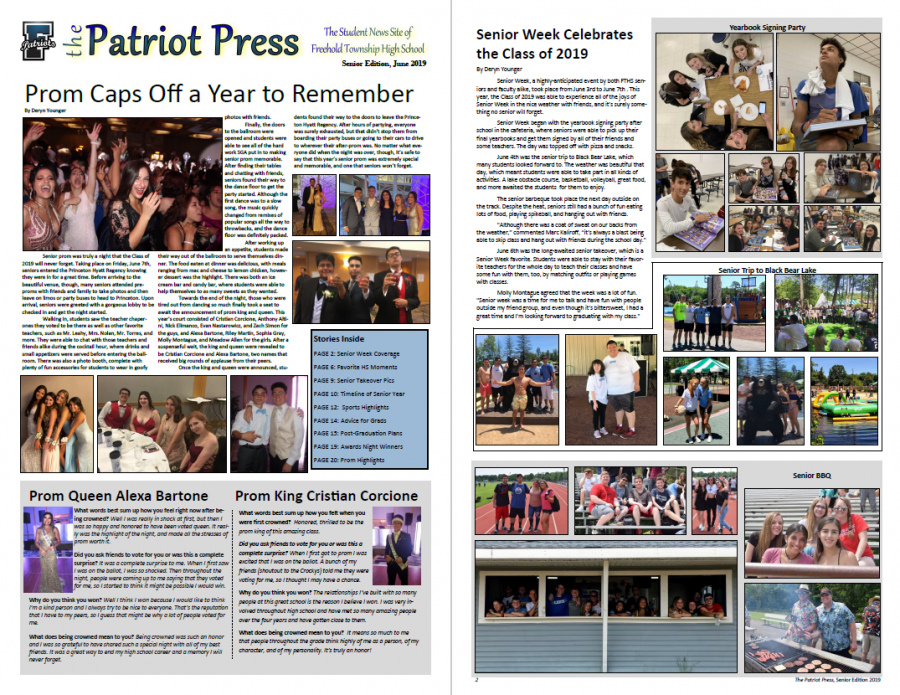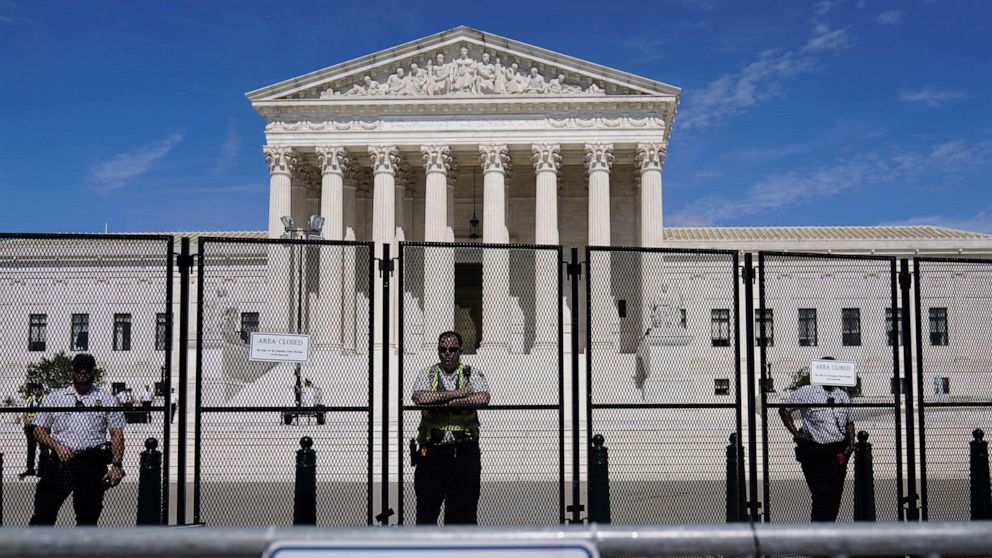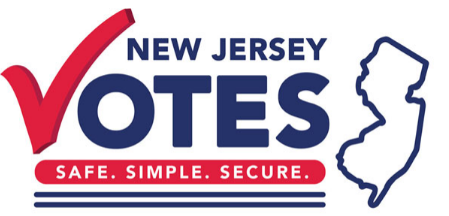I sat in my AP United States History class, learning about post-war American society, and something caught my attention. It wasn’t the peculiar suburban houses that started blooming across the country or feminist literature that entailed the mental anguish of women at the time, instead, it was how many progressive actions taken during the post-war society had been overturned. It made me ask a question “Is our society moving backwards?”
Before 1973, Abortion was illegal in most states. This forced many women to undergo unsafe procedures if they were to get an abortion. The rise of the civil rights movement in a post-war society inspired the women’s liberation movement. This movement advocated for equal rights, which included reproductive rights. Griswold v. Connecticut (1965) set the stage for a future right to abortion by establishing the right to privacy in marital relations. Furthermore, it struck down laws that banned contraceptives. Protests and the fight for rights continued until 1973, when Roe v. Wade (1973) declared that the right to privacy implied by the 14th Amendment protected abortion as a right.
Around the same time, demands for policies designed to increase opportunities in education and employment for discriminated and underrepresented racial groups emerged. The term to denote strategies like this is known as Affirmative Action. Two Executive Orders during JFK and LBJ’s terms in office both directed employers and contractors working for the government to take affirmative action to promote diversity and unbiased employment practices. School systems across the country also began taking up affirmative action, and it was even upheld by the courts in 1978 and 2003.
Things started to change decades later when President Donald Trump filled three vacant Supreme Court seats with conservative judges. That is why, to the shock of many Americans in 2022, Dobbs v. Jackson Women’s Health Organization overturned the constitutional right to an abortion. Abortion was sent back to the states, and this was seen as a repression of women’s rights. Similarly, the civil rights era Affirmative Action was overturned in educational systems when Students for Fair Admissions v. Harvard struck down the precedent and claimed that race-based admission policies were a violation of the equal protection clause under the 14th Amendment. The Supreme Court that overturned both civil rights era actions is a much more conservative court than the court that allowed for both constitutional rights. The flow of the courts from liberal to conservative has made many question the legitimacy of the Supreme Court, and certain reforms to the court have been advocated by democratic groups. My assessment is, it is peculiar to see a shift back to the past, and so maybe it is time to change the way the Supreme Court functions within our nation. Court decisions shouldn’t be divisive, instead they should represent the interests of our nation as a whole.
Sources Used:
https://www.oyez.org/cases/1971/70-18
https://www.npr.org/2022/06/24/1102305878/supreme-court-abortion-roe-v-wade-decision-overturn




